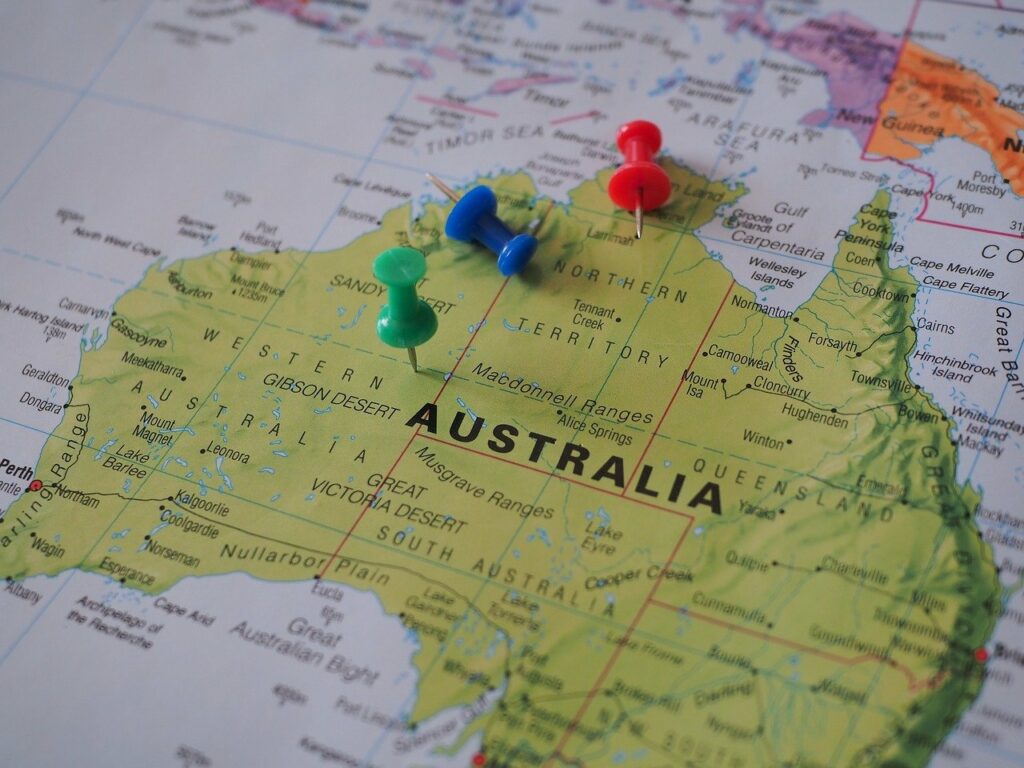With Australia hosting two of the world’s largest green hydrogen developments—together exceeding 96 GW of planned wind and solar capacity—Intercontinental Energy is betting that a new modular infrastructure model could help address the sector’s most persistent challenge: cost.
The company, which co-owns the 70 GW Western Green Energy Hub (WGEH) and the 26 GW Australian Renewable Energy Hub, has unveiled a repeatable, standardised design architecture called the P2(H2)Node. This approach, developed over four years in Perth, aims to streamline construction and operations by using prefabricated, modular units combining renewables, electrolysis and basic storage infrastructure. According to the company, the design could reduce capital expenditure by 10% and improve overall system efficiency by a further 10%.
“The Node is an architecture that creates a repeatable Lego building block to enable large-scale projects,” said Intercontinental Energy in a statement.
Each node within this system comprises roughly 2–3 GW of hybrid wind and solar capacity and a centralised 1.5 GW electrolyser. In the case of WGEH—located across more than 2.2 million hectares of pastoral lease and crown land in southeast Western Australia—about 35 such nodes will be deployed in a phased rollout. Referral documents filed earlier this year suggest a seven-stage development plan, starting with an 8 GW hybrid generation phase capable of producing up to 500 kilotonnes of green hydrogen annually.
Ultimately, the WGEH project is expected to generate around 3.5 million tonnes of green hydrogen per year when fully operational, positioning it among the most ambitious hydrogen hubs globally. But with the cost of green hydrogen still trailing projections—BloombergNEF forecasts parity with grey hydrogen by 2030—cost optimisation at scale remains critical.
The Node model reduces complexity by eliminating bespoke system configurations, cutting unnecessary electrical infrastructure, and minimizing storage needs by piping hydrogen directly to downstream users. Energy is delivered directly to electrolyzers with minimal transmission losses, while desalinated seawater feeds the hydrogen production process. The architecture also facilitates direct export through pipeline networks, further reducing reliance on costly on-site storage.
The projects also stand to benefit from Australia’s emerging hydrogen support mechanisms. The recent introduction of a production tax credit—$2 per kilogram of renewable hydrogen between FY 2027/28 and 2039/40—could further improve the business case for large-scale projects such as WGEH. However, with no established commercial market for green hydrogen and high upfront capital requirements, achieving profitability will hinge on technical efficiencies and smart infrastructure design.
Intercontinental Energy’s modular strategy represents a significant pivot in how developers approach scale. Instead of treating each gigawatt-scale plant as a bespoke engineering project, the Node approach simplifies deployment, aggregates learnings, and accelerates timelines. While early-stage costs and permitting remain hurdles, especially in remote, infrastructure-poor regions like Eucla, the standardised model could become a template for green hydrogen development globally.
With the Western Green Energy Hub moving through regulatory approvals and project partners including CWP Global and Mirning Green Energy onboard, the next few years will be a proving ground not only for Australian hydrogen exports—but for whether modularity can reshape giga-scale clean energy infrastructure.
Stay updated on the latest in energy! Follow us on LinkedIn, Facebook, and X for real-time news and insights. Don’t miss out on exclusive interviews and webinars—subscribe to our YouTube channel today! Join our community and be part of the conversation shaping the future of energy.





